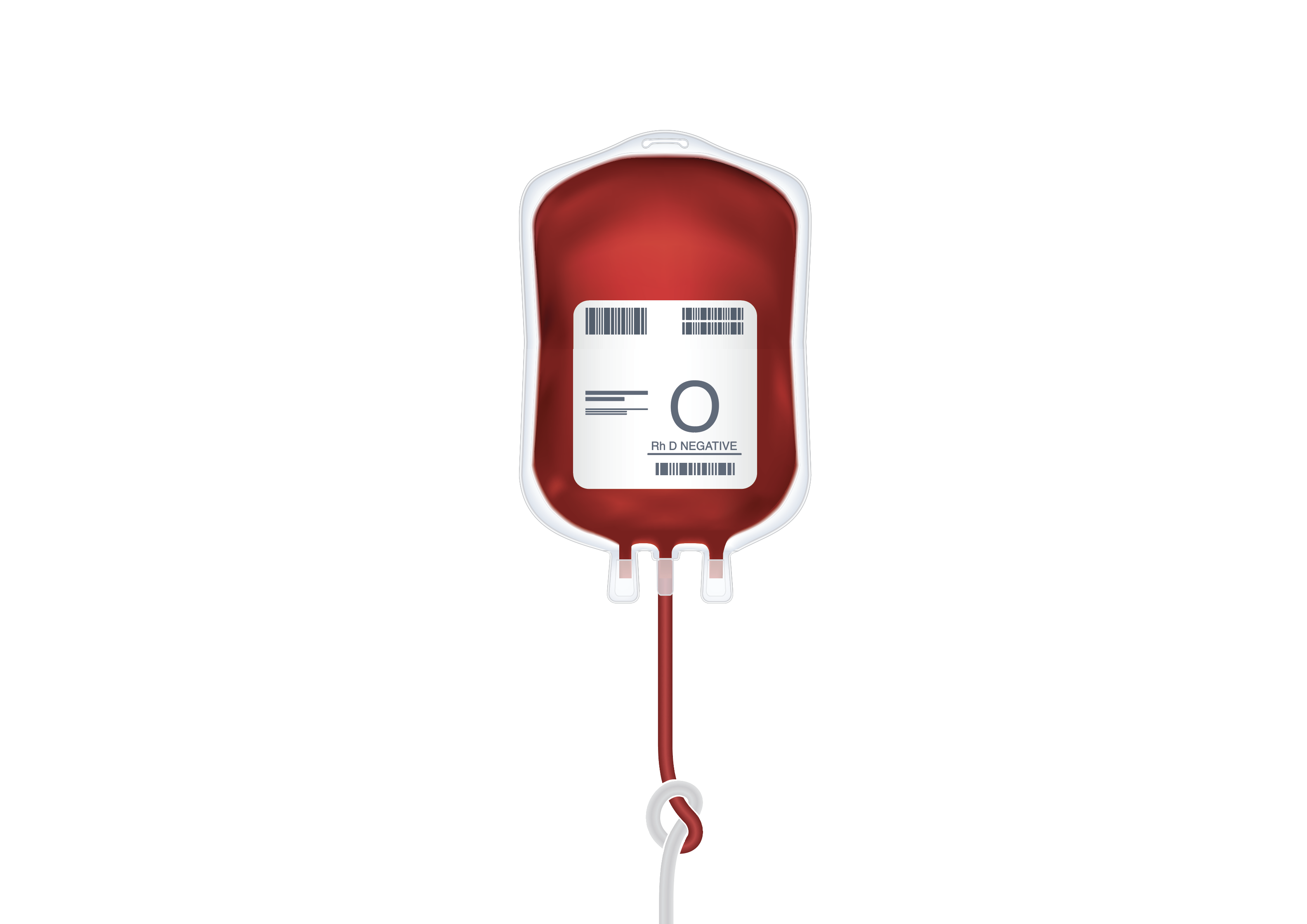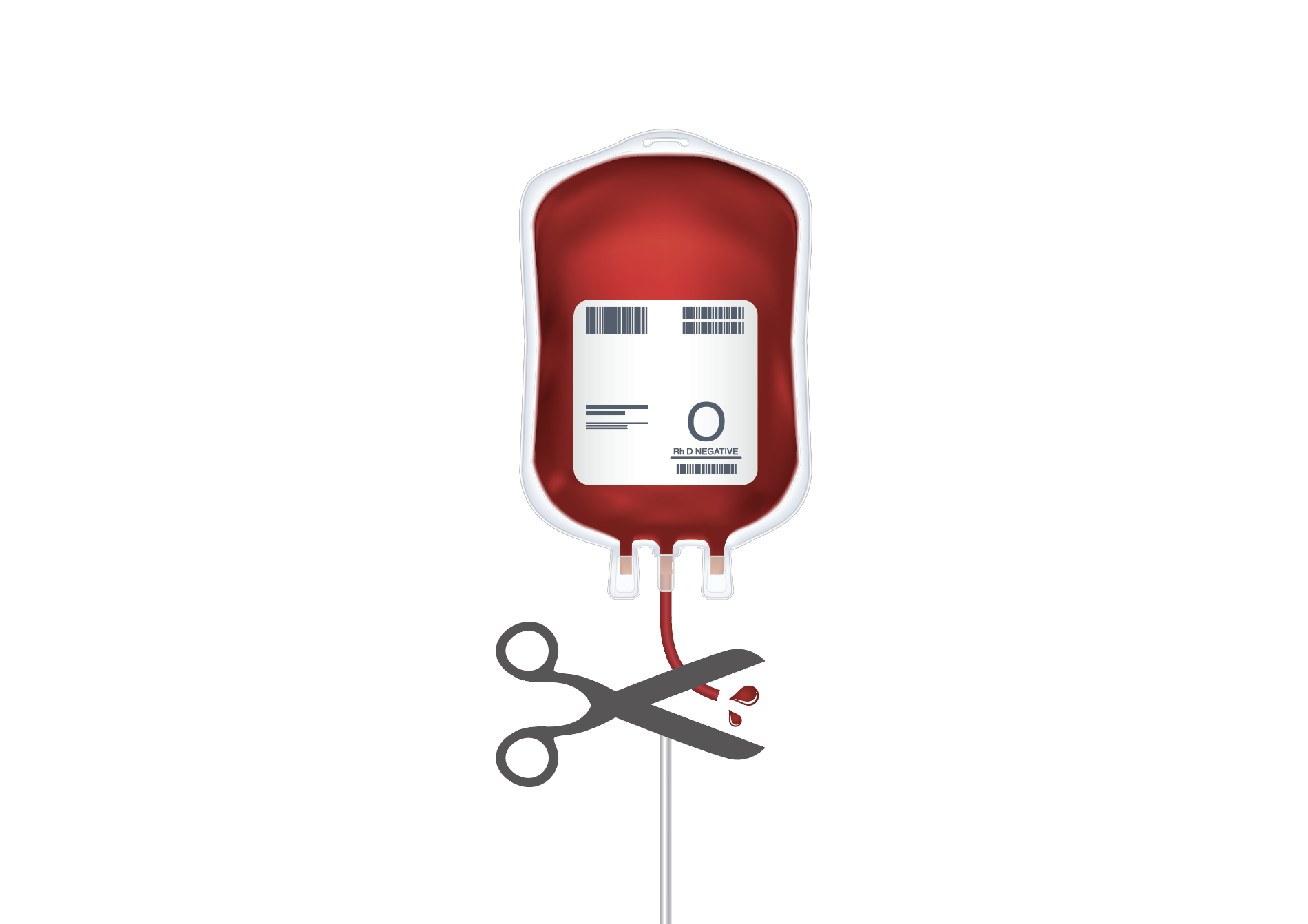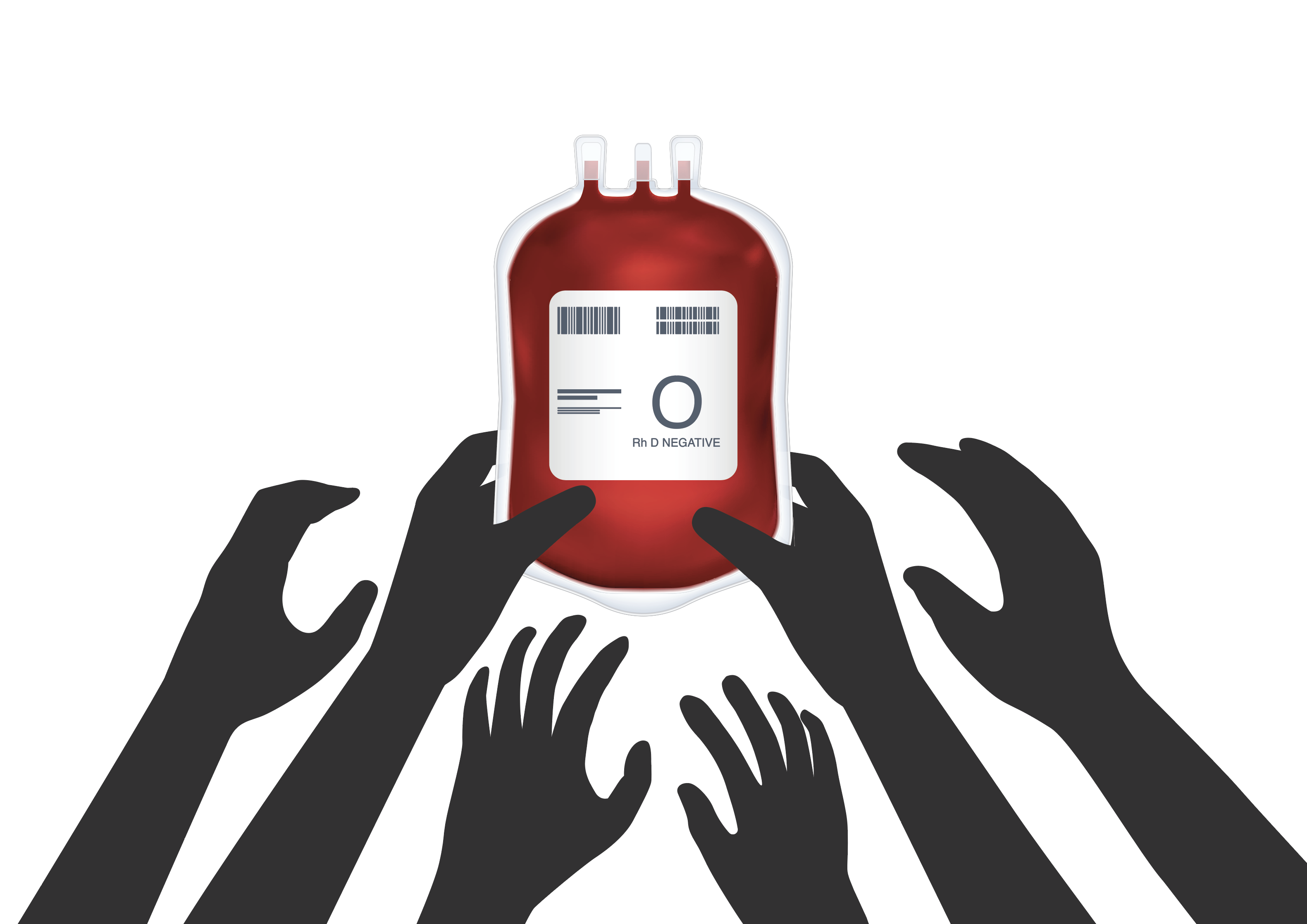What if the next pandemic is blood borne?
At a Glance
Want to stay updated on the latest pathogen inactivation news? You can receive our highlights by subscribing to our newsletter.
Beyond COVID-19: Healthcare Policy and Blood Supply Continuity
The COVID-19 pandemic has brought global suffering and loss, but every situation can ultimately bring a positive outcome. Healthcare systems alone have had to cope with an insufficient number of ventilators, a dearth of therapeutic treatments, lack of personal protective equipment for critical staff, and many of those staff becoming ill themselves. Society has yet to fully realize the socio-economic implications of having not been better prepared for this crisis.2 Though outbreaks are inevitable, the magnitude of devastation is not, and many are looking ahead and putting interventions in place now to better weather the next one.
Pathogen inactivation (PI) is one intervention health systems can incorporate to strengthen the safety and availability of the blood supply in several ways:
- Over the last 15 years, blood establishments have utilized the INTERCEPT™ Blood System (INTERCEPT) to preserve the platelet supply during pathogenic outbreaks.3,4,5,6
- PI of platelets and plasma with INTERCEPT inactivates a wide array of known and unknown viruses, bacteria, parasites, and protozoa, pre-empting blood contamination before pathogens emerge.7
- PI with INTERCEPT addresses routine challenges in the blood transfusion supply chain and can be quickly leveraged to confront pressures associated with emerging infections, like dealing with donor deferrals or avoidance of testing.8,9,10,11
- PI of plasma with INTERCEPT has been integral to the production of COVID-19 convalescent plasma in more than 22 countries. INTERCEPT is an effective means to mitigate the risk of many commensal transfusion-transmitted pathogens,12 and has been shown to preserve the therapeutic antibodies in the donated plasma.13,14
“SARS in 2003, H1N1 in 2009, MERS in 2012, and now COVID-19. We don’t know when or where, but we know with 100% certainty that another deadly infection will strike. While the clear priority right now must be coping with the surging number of cases and the economic havoc that the current pandemic is wreaking, it is also time for the country to begin takings steps to minimize the pain of the next pandemic.”1
“The challenge, of course, is that as soon as this crisis starts to fade so too may the will to anticipate and prepare for the next one... The temptation to forget COVID-19 and move on will be overwhelming.”1 Cerus is committed to not letting this happen.

Healthcare Policy and Blood Supply Continuity
Global concerns have arisen regarding the ability of communities to consistently meet hospital demand for blood products.

Blood Matters
Providing a safe and adequate supply of blood is vital to the lifesaving work done in healthcare systems.

Not the First, Not the Last
Over the past decade, the World Health Organization (WHO) has tracked numerous outbreaks around the world.

Building the Foundation Now
As the immediate COVID-19 crisis wanes, plans for stabilization are taking shape, while the possibility of a new infectious threat in the months and years to come remains top of mind.

Podcast: "Preparing our blood supply for the next pandemic" with Dr. Susan Stramer
Dr. Stramer discusses how pathogen outbreaks can impact blood safety and availability, and what to do about it.

Cerus Campus
Introducing the Cerus Campus, a central source for videos with information and insights on the field of blood safety, featuring medical professionals from around the globe.
Newsletter
Want to stay updated on the latest pathogen inactivation news?
You can receive our highlights by subscribing to our newsletter.
1 Blumenthal D, Fowler E. It’s not too early to prepare for the next pandemic. HBR. Accessed May 4, 2020. https://hbr.org/2020/04/itsnot-too-early-to-prepare-for-the-next-pandemic
2 UN Department of Economic and Social Affairs. Everyone Included: Social Impact of COVID-19. Accessed May 8, 2020. https://www.un.org/development/desa/dspd/everyone-included-covid-19.html
3 Gallian P, et al. PLoS neglected tropical diseases 2017;11:e0005254-e
4 AABB 2015. Intercept-treated platelets from CHIKV positive donations were transfused to 10 recipients with no clinical evidence for transmission. Abstract # S26-020B. Transfusion 2015 Suppl. 3, 17A
5 Rezza, 2018. J Travel Med: doi: 10.1093/jtm/tay004
6 Rasongles P, et al. Transfusion 2009;49:1083-91
7 Cerus Corporation. INTERCEPT Platelets: Technical Data Sheet. Accessed May 5, 2020. https://www.interceptbloodsystem.com/sites/default/files/resources/prd-tds_00121_v11.0.pdf
8 ECDC. Dengue outbreak in Réunion, France, and associated risk of autochthonous outbreak in the EU/EEA. 18 June 2019. Accessed May 5, 2020. https://www.ecdc.europa.eu/sites/default/files/documents/RRA-dengue-Reunion-18-June-2019.pdf
9 WHO. Interim Guidance: Maintaining a safe and adequate blood supply during Zika virus outbreaks. February 2016. Accessed May 5, 2020. https://www.who.int/csr/resources/publications/zika/Safe-blood_supply18Feb2016.pdf
10 ECDC. Local transmission of dengue fever in France and Spain – 2018. 22 October 2018. Accessed May 5, 2020. https://www.ecdc.europa.eu/sites/portal/files/documents/08-10-2018-RRA-Dengue-France.pdf
11 PEI, Stufenplan Stufe 2. Accessed March 18, 2020 at: https://www.pei.de/SharedDocs/Downloads/DE/arzneimittelsicherheit/haemovigilanz/anhoerungen/2019-12-23-anhoerung-wnv-stufe2.pdf?__blob=publicationFile&v=2
12 Cazenave JP, Waller C, Kientz D, Mendel I, Lin L, Jacquet M, et al. An active hemovigilance program characterizing the safety profile of 7,483 transfusions with plasma components prepared with amotosalen and UVA photochemical treatment. Transfusion. 2010;50:1210-9.
13 Dean CL, Hooper JW, Dye JM, Zak SE, Koepsell SA, Corash L, et al. Characterization of Ebola convalescent plasma donor immune response and psoralen treated plasma in the United States. Transfusion. 2020.
14 Geisen C, Kann G, Strecher T, et al. Pathogen-reduced Ebola virus convalescent plasma: First steps towards standardization of manufacturing and quality control including assessment of Ebola-specific neutralizing antibodies. Vox Sanguinis. 2016;110(4).
15 General European OMCL Network (GEON): Quality Management Document. PA/PH/OMCL (16) 122. Change Control Accessed May 5, 2020. https://www.edqm.eu/sites/default/files/recommandation-omcl_16_122_r_change_control_web_publication.pdf
16 WHO. Disease Outbreak News. Accessed May 5, 2020. https://www.who.int/csr/don/en/
17 Pierelli et al. TRANSFUSION 2018; 58, pp 3027. Emergency response of four transfusion centers during the last Chikungunya outbreak in Italy.
18 FDA Recommendations for Investigational COVID-19 Convalescent Plasma. Updated April 13, 2020. https://www.fda.gov/vaccinesblood-biologics/investigational-new-drug-ind-or-device-exemption-ide-process-cber/recommendations-investigational-covid-19- convalescent-plasma#Pathways%20
19 Global Preparedness Monitoring Board. A World at Risk: Annual report on global preparedness for health emergencies. September 2019. Accessed May 5, 2020. https://apps.who.int/gpmb/assets/annual_report/GPMB_annualreport_2019.pdf
20 Lewis P. Legal Provision for Crisis Preparedness: Foresight not Hindsight. Chatham House. 21 April 2020. Accessed May 5, 2020. https://www.chathamhouse.org/expert/comment/legal-provision-crisis-preparedness-foresight-not-hindsight#
21 Cerus internal resources
